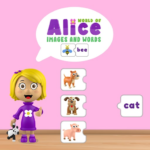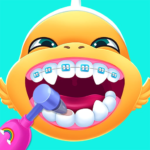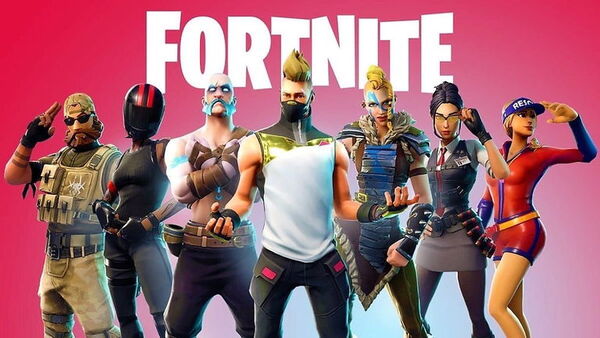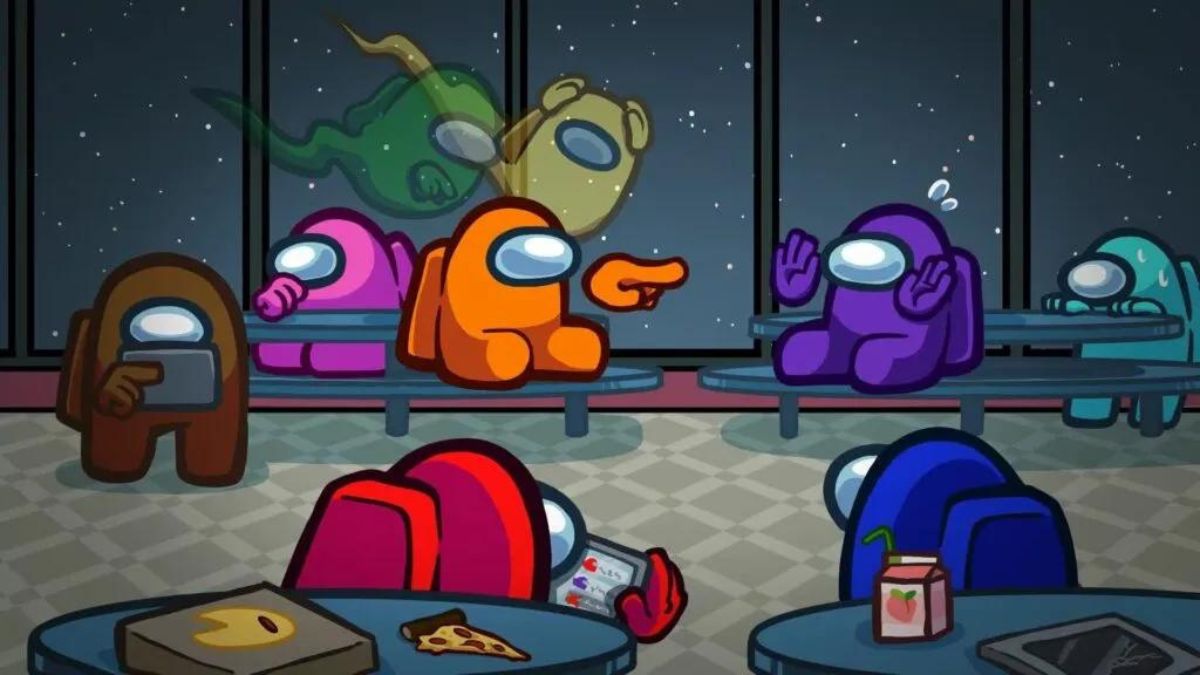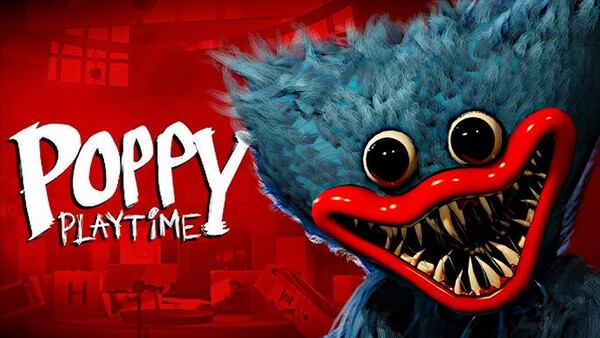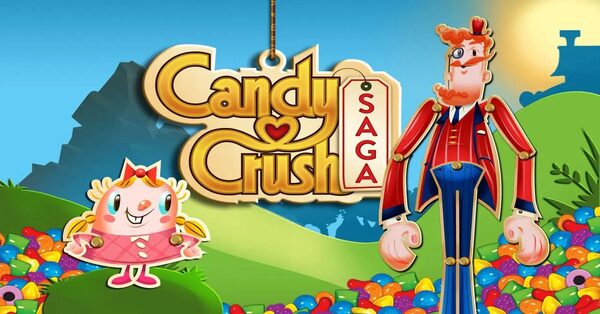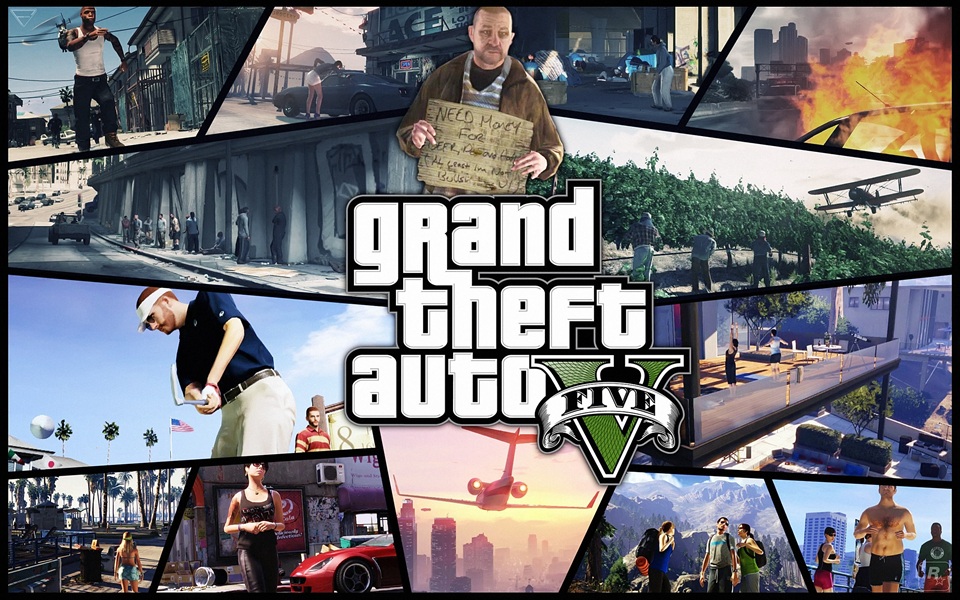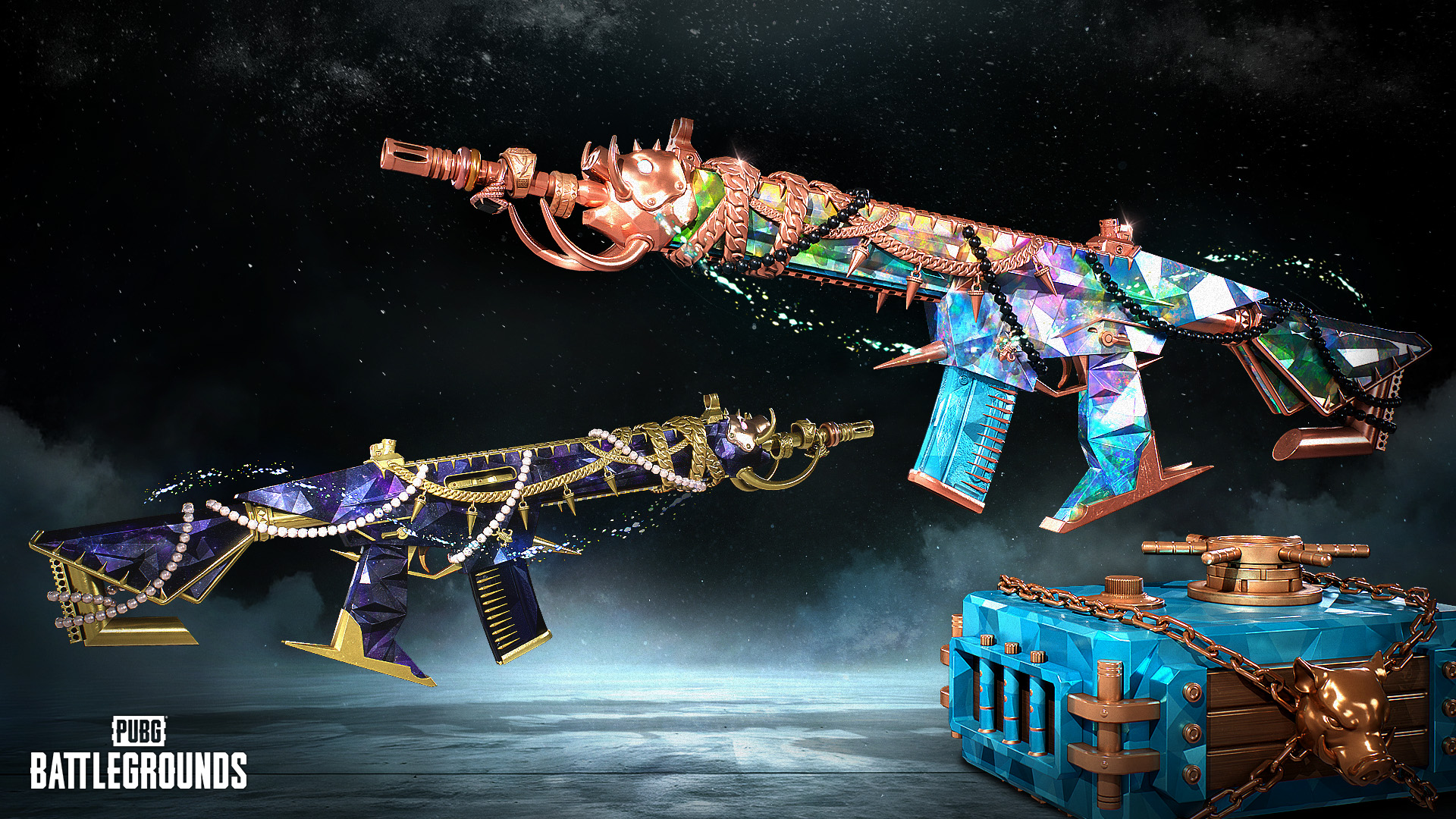Poppy Playtime: A Deep Dive into the Indie Horror Hit That Redefined Fear
Poppy Playtime is an indie horror game that captured the gaming world’s attention with its eerie aesthetic, gripping puzzles, and sinister toys that twist childhood nostalgia into nightmare fuel. Developed by Mob Entertainment (formerly MOB Games), the episodic horror-puzzle game blends story-driven exploration with psychological terror in a derelict toy factory. Since its first chapter release in 2021, the game has grown into a multi-chapter series, attracting a dedicated fan base and inspiring adaptations, merchandise, and community lore.
This article will explore everything about Poppy Playtime—from its concept to its cultural impact in 2025. You'll learn about its evolution, game mechanics, characters, fan reception, and why it’s considered one of the most effective horror franchises of the modern indie era.
The Origins of Poppy Playtime
Concept and Development
Poppy Playtime was created by Mob Entertainment, a relatively unknown studio before this title exploded in popularity. Inspired by classic horror and puzzle games like Five Nights at Freddy’s and Portal, the development team focused on combining atmospheric tension with engaging gameplay.
The game takes place in Playtime Co., a once-thriving toy manufacturing company now abandoned after mysterious disappearances. Players control an ex-employee returning to the factory to uncover what happened—only to realize the toys may not be as lifeless as they seem.
Viral Launch and Reception
The first chapter launched on October 12, 2021, and almost immediately went viral, thanks in large part to:
-
Popular YouTubers and streamers (like Markiplier, Jacksepticeye, and CoryxKenshin)
-
Short-form content on TikTok
-
Fan theories and creepy lore breakdowns
Its mix of jump scares, environmental storytelling, and the terrifying Huggy Wuggy made it a social media sensation.
Chapter Progression and Story Evolution
Chapter 1: A Tight Squeeze
The debut chapter introduced players to Huggy Wuggy, a deceptively cheerful mascot turned monstrous stalker. The chapter's strengths included:
-
Creepy factory exploration
-
Introduction of the GrabPack—a tool used to manipulate objects and solve puzzles
-
A short but effective horror experience
The success of Chapter 1 paved the way for an episodic model, with each new release expanding the factory’s lore.
Chapter 2: Fly in a Web
Released in May 2022, this chapter introduced Mommy Long Legs, a new antagonist with terrifying elasticity and twisted maternal instincts. The puzzles became more complex, and the scale of the factory environment expanded significantly.
Chapter 3: Deep Sleep, and subsequent chapters continued adding characters, mechanics, and questions—building a complex narrative structure filled with mystery, experimentation, and betrayal.
Core Gameplay Mechanics
First-Person Puzzle Horror
Poppy Playtime relies on:
-
Exploration of maze-like environments
-
Solving mechanical puzzles
-
Avoiding toy monsters in stealth or chase sequences
Unlike traditional horror games that rely only on jump scares, Poppy Playtime layers in logic and skill, increasing tension by making the player think under pressure.
The GrabPack Innovation
The GrabPack is a backpack with two extendable hands (red and blue). It allows players to:
-
Activate far-away switches
-
Carry power through wires
-
Grab items or swing across gaps
This mechanic provides a satisfying blend of utility and gameplay variety, becoming more sophisticated with each chapter.
Iconic Characters That Fuel the Fear
Huggy Wuggy
The breakout character from Chapter 1, Huggy Wuggy is a towering blue toy with wide eyes and a toothy smile. He begins as a statue but soon becomes a deadly stalker hunting the player.
Mommy Long Legs
A blend of spider and elastic doll, Mommy Long Legs is elegant, terrifying, and manipulative. Her voice acting and chase scenes are some of the most memorable in the series.
Poppy and the Others
Poppy herself is a porcelain doll who may or may not be an ally. Other characters include:
-
Kissy Missy – seemingly friendly counterpart to Huggy
-
Bron, Boogie Bot, and Cat-Bee – lesser background toys that may play larger roles later
-
Prototype 1006 – a mysterious, possibly sentient entity behind the chaos
Horror Design and Atmosphere
Visual Style
The game uses a stylized but unsettling aesthetic:
-
Bright, colorful toy factory backdrops contrast with dark hallways and blood-stained posters
-
Animations are intentionally jerky or uncanny
-
Lighting and shadows create claustrophobic dread
This juxtaposition of innocent design with sinister undertones is key to its effectiveness.
Sound Design
Audio is critical in Poppy Playtime:
-
Distant toy laughs and mechanical clunks build tension
-
Music shifts to distorted lullabies in chase scenes
-
Enemy footsteps and eerie whispers keep players on edge
Together, the visuals and soundscape create a horrifyingly immersive environment.
Puzzles and Level Design
Increasing Complexity
Each chapter has introduced more ambitious puzzles, often combining:
-
Physics manipulation
-
Color-coded logic
-
GrabPack extensions
Some puzzles even change based on your previous actions, hinting at adaptive design.
Challenge Balance
While puzzles are engaging, they are rarely punishing—making the game approachable for a wide audience, including younger players (though the scares may suggest otherwise).
Fan Community and Creative Culture
Fan Theories and Lore Hunting
The game’s cryptic storytelling has led to massive speculation:
-
What happened to the factory workers?
-
Who is the Prototype?
-
Is Poppy trustworthy?
Reddit forums, YouTube theory videos, and Discord communities actively dissect every frame of lore.
Art, Mods, and Merchandise
Fans have produced:
-
Fan art and animations
-
Mods (including Huggy Wuggy in Among Us or FNAF)
-
Plushies and official toys
This cross-platform appeal keeps Poppy Playtime relevant beyond just gameplay.
Criticisms and Controversies
Monetization Issues
Chapter 1 was initially free on Steam, but later versions and mobile ports required payment or in-app purchases, leading to complaints about inconsistency and aggressive monetization.
Kids and Fright Factor
Though visually cartoonish, the game is not designed for young children, yet it gained traction in elementary-age demographics—leading to concern from educators and parents over exposure to horror content.
Developer Conflicts
Mob Entertainment faced some community backlash regarding:
-
NFT-related promotions
-
Legal disputes over fan games
However, the company responded by canceling NFTs and improving transparency.
Pros and Cons of Poppy Playtime
Pros
✅ Unique Horror Concept
Combines childlike aesthetics with psychological horror brilliantly.
✅ Strong Character Design
Memorable antagonists like Huggy and Mommy Long Legs are already genre icons.
✅ Engaging Gameplay
Balanced puzzle design and smooth first-person movement.
✅ Rich Lore and Community Support
Fans keep the story alive with theories and discussion.
✅ Continued Chapter Model
Keeps the game fresh and creates anticipation with each new release.
Cons
❌ Short Length Per Chapter
Each chapter can typically be completed in 1–2 hours.
❌ Inconsistent Pricing and Platforms
Shifts between free/paid models confuse players.
❌ Some Pacing Issues
Narrative pacing varies, especially with long waits between chapters.
❌ Not Suitable for All Ages
Its popularity among children contradicts its horror intensity.
Final Rating and Expert Verdict
| Category | Score (Out of 10) |
|---|---|
| Horror and Atmosphere | 9.5 |
| Story and Lore | 8.5 |
| Visual and Audio Design | 9.0 |
| Gameplay and Mechanics | 8.0 |
| Replayability | 7.5 |
| Community Engagement | 9.0 |
| Monetization Transparency | 6.5 |
| Overall Experience | 8.4 / 10 |
Conclusion: Why Poppy Playtime Is a New Age Horror Phenomenon
Poppy Playtime is a shining example of how indie developers can innovate in a genre saturated with clichés. Its imaginative setting, memorable characters, and well-executed horror pacing give it an identity all its own. While it's not without flaws—especially in monetization and chapter spacing—it remains one of the most compelling horror franchises of the 2020s.
In 2025, as new chapters continue to expand the story and fans dive deeper into its twisted factory, Poppy Playtime proves that fear doesn’t need blood and gore—it just needs a pair of eyes in the dark and a smile that stretches too wide.












